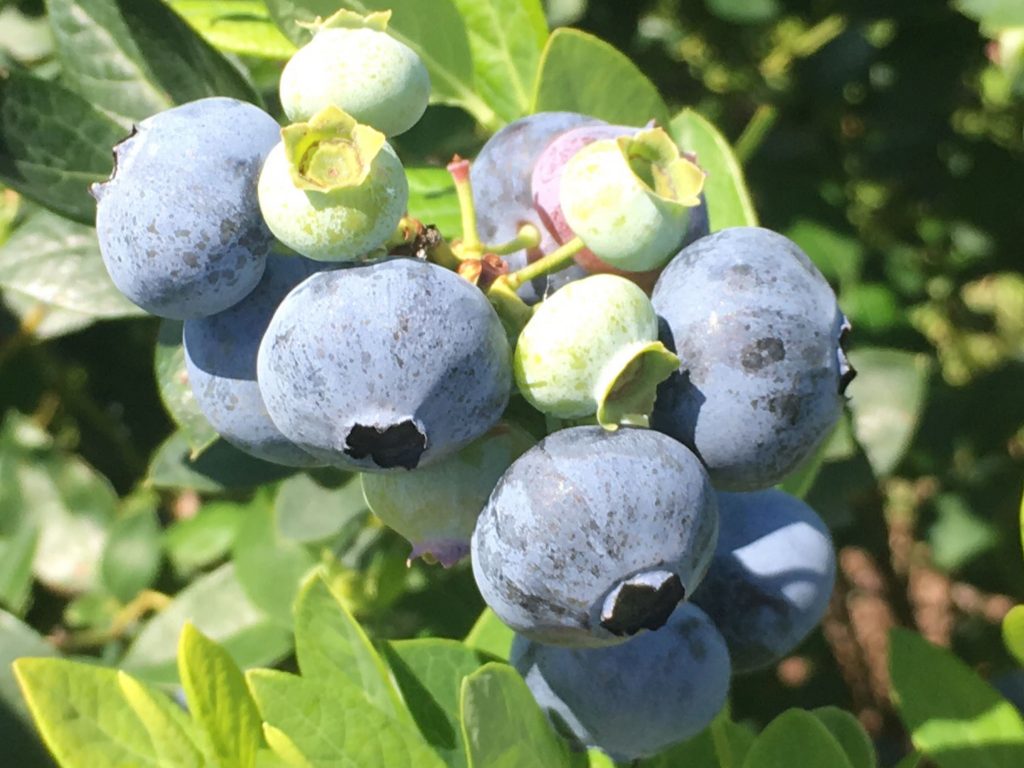Florida blueberry producers just completed their harvests for the 2023 season. But plans are already being made for the ’24 crop. Disease and pest management are key to a successful season next year.

University of Florida Institute of Food and Agricultural Sciences scientists encourage growers to scout for algal stem blotch. If farmers observe the disease, they should prune out infected canes, along with Botryosphaeria stem blight and dead canes. Growers should monitor and manage any leaf diseases. They should also apply Ridomil to help prevent Phytophthora root rot.
Growers that are managing bacterial wilt should begin thorough-irrigation or banded bed applications of a phosphorous acid product every month.
Producers should also scout for flea beetles, larval citrus root weevil (by pulling out dead or dying plants and examining the roots and surrounding soil/bark), larval flatheaded borer, chilli thrips and southern red mites. Growers need to apply suggested control measures if present.
Leaf sampling should also be conducted this time of year. Blueberry growers should sample the leaves for tissue nutrient analysis. Samples should be selected from fully expanded leaves in the middle of a recent summer growth flush.
A post-emergence herbicide is needed if weeds are at densities that hinder the growth of the bush.









